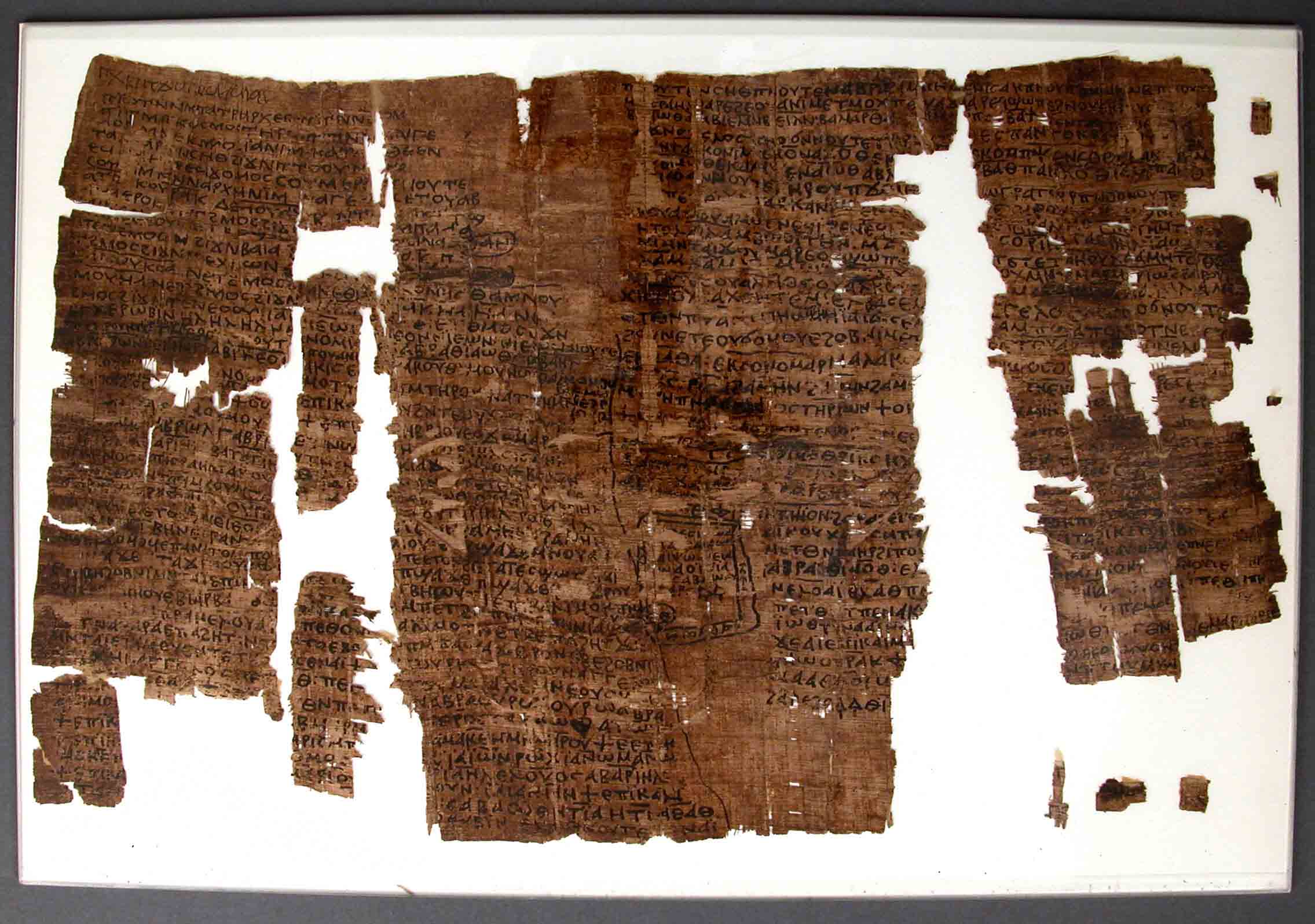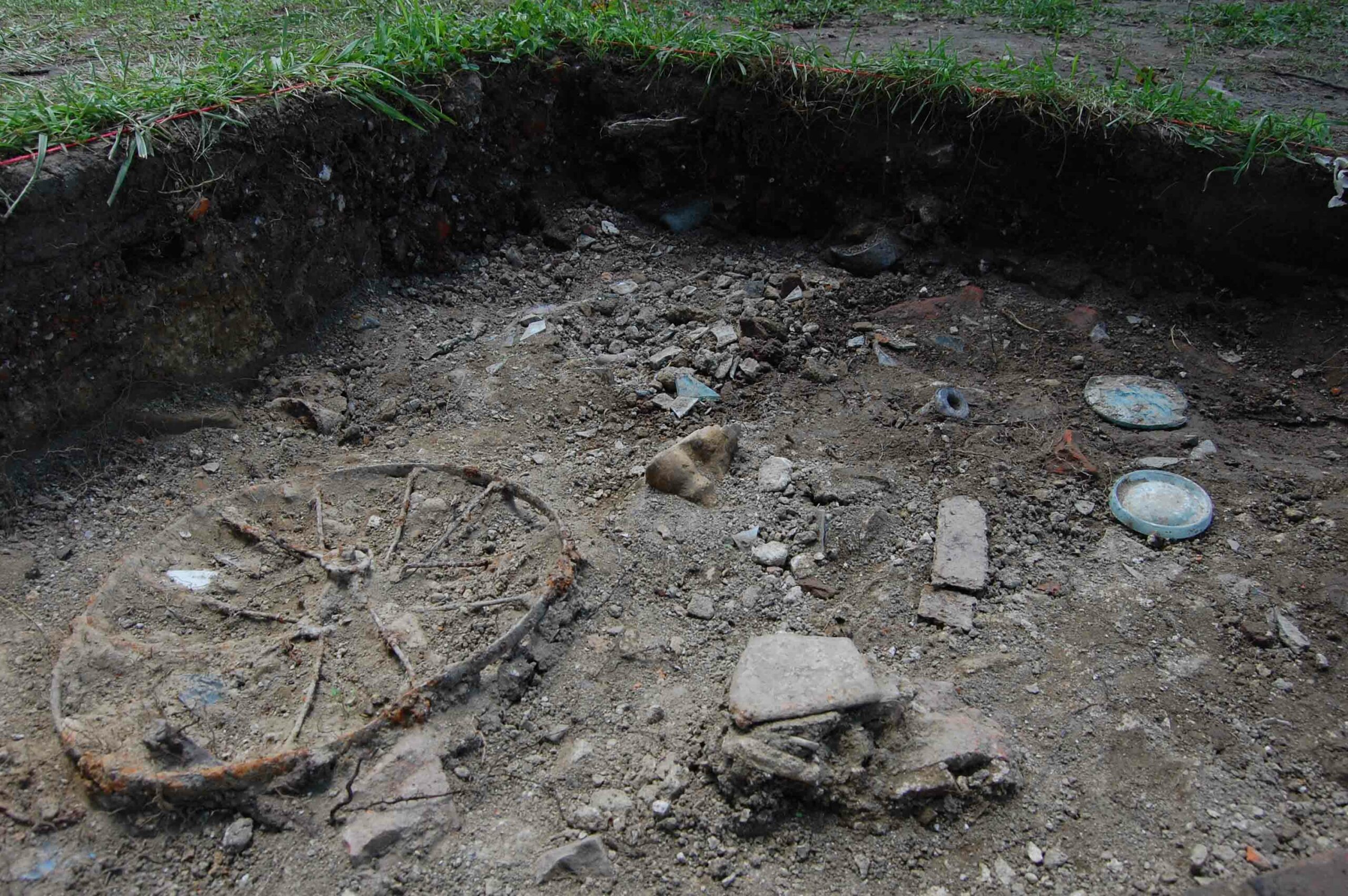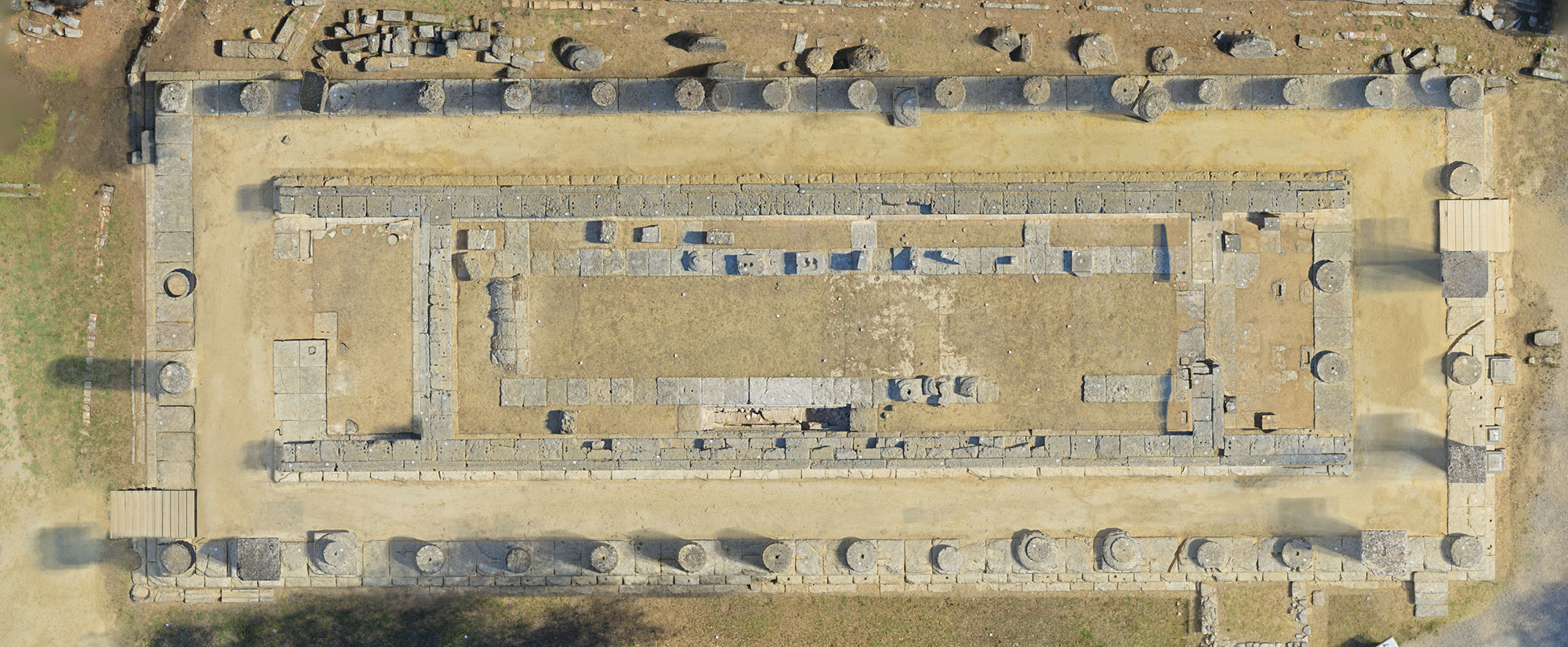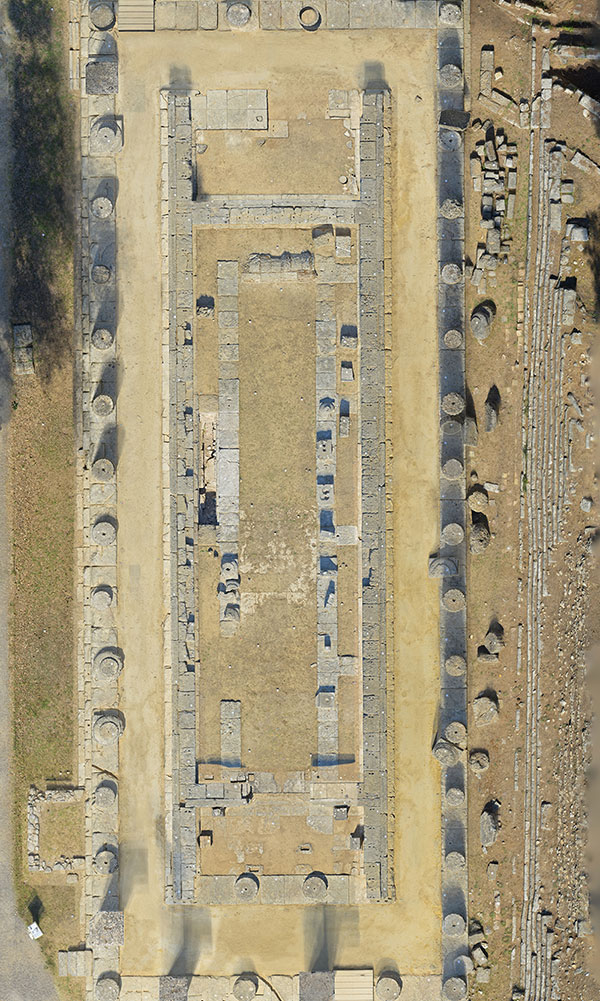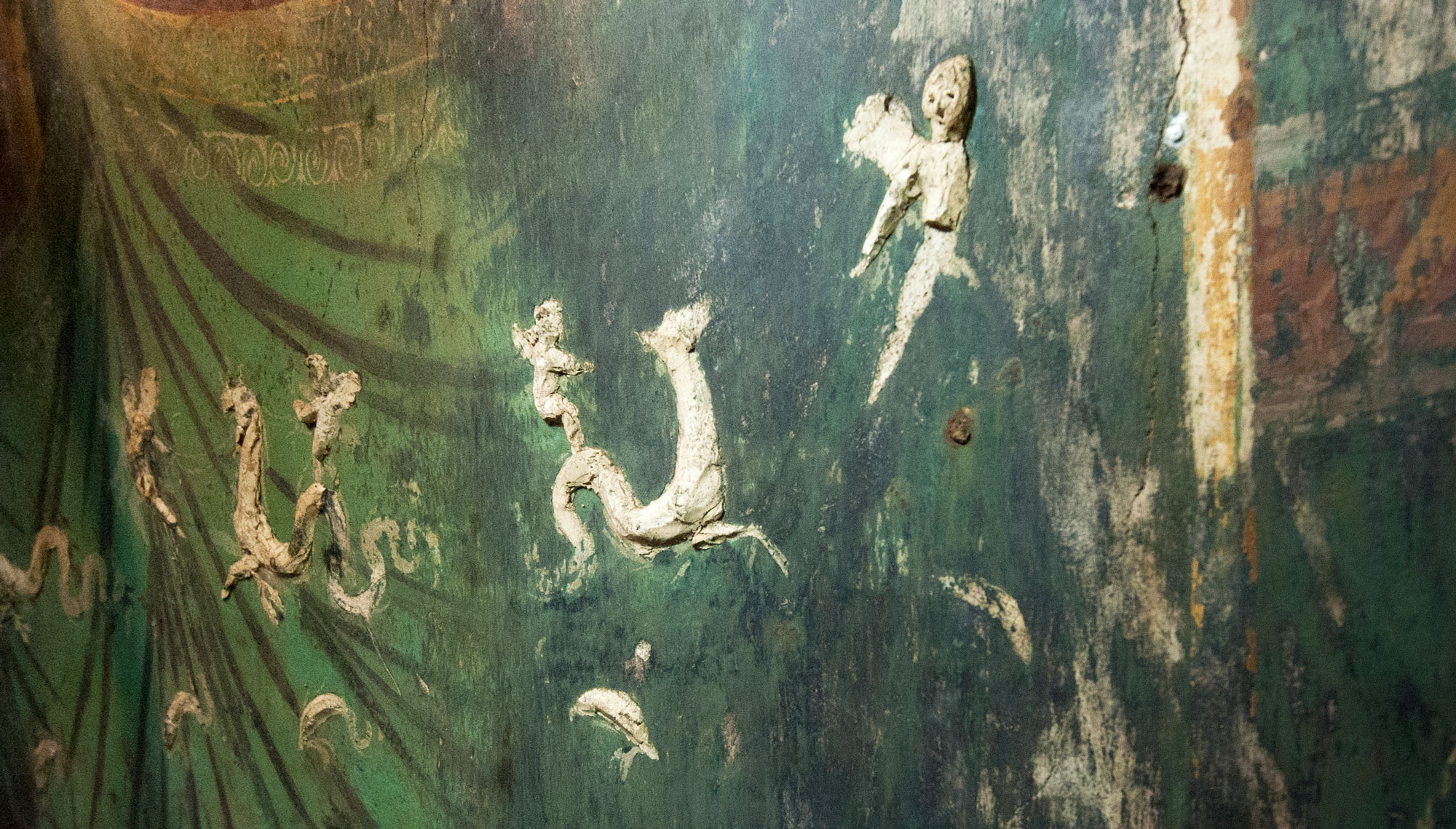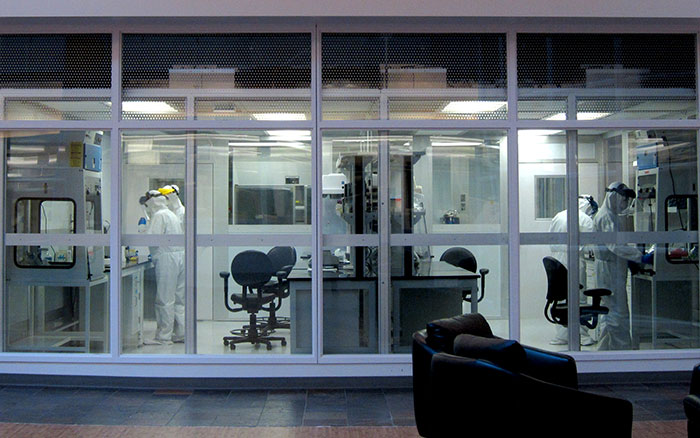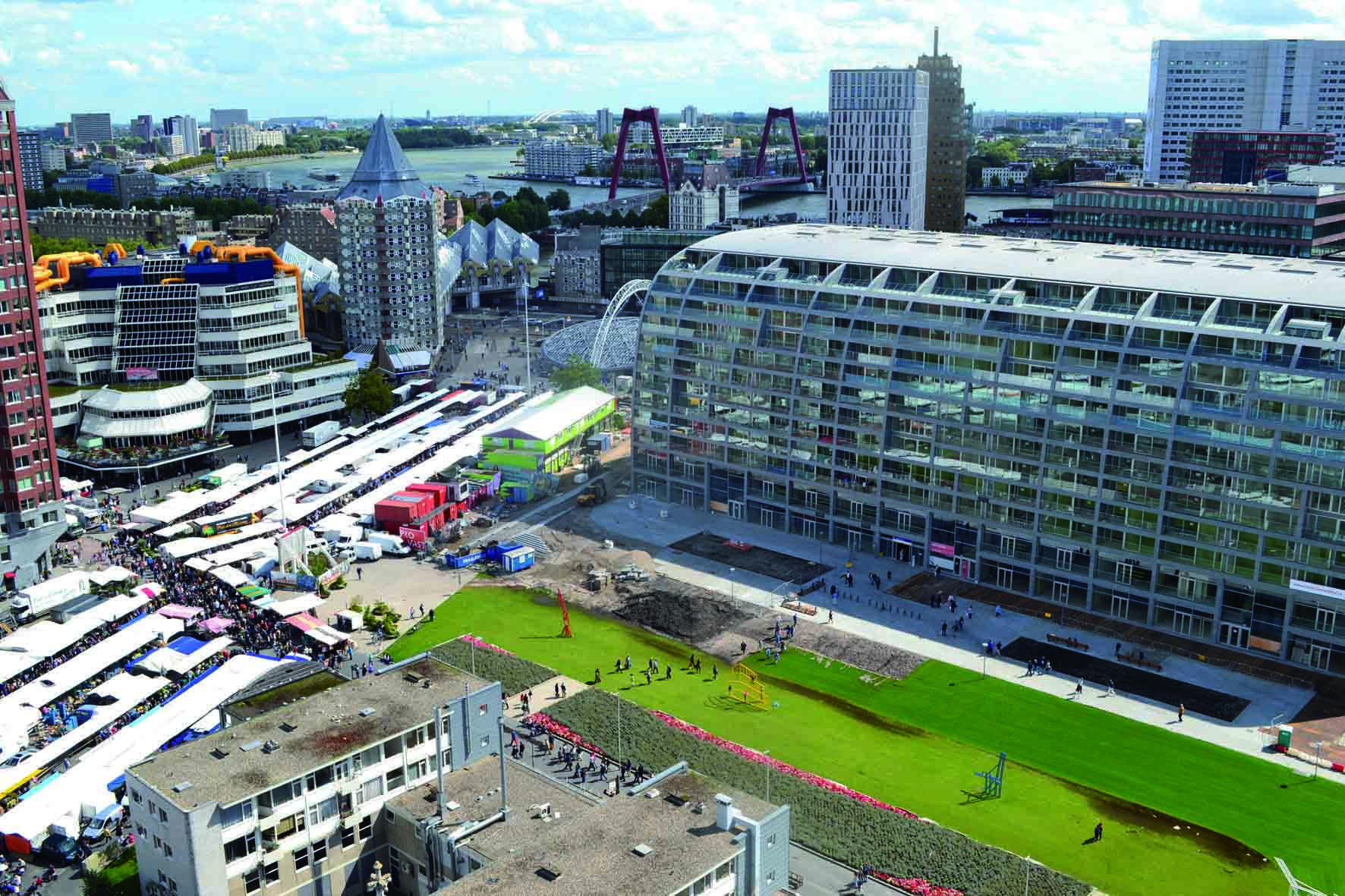
ANNAPOLIS, MARYLAND—A team led by Mark P. Leone of the University of Maryland says that a set of circular-shaped objects unearthed at the site of a former Maryland plantation may have held religious significance to African-Americans, according to a report in The New York Times. One of the objects, which were found in a house, may reflect a cosmogram, or a circle with an X inside of it that was a traditional religious symbols from the BaKongo belief system of West Central Africa. Christian preachers are thought to have repurposed the cosmogram as Ezekiel’s blazing chariot wheel, described in the Old Testament as a wheel inside a wheel, in their efforts to convert enslaved people who originated from West Central Africa. The team members say that this is the first time that these circle images have been found together. “Christianity had not erased traditional African spirit practices,” Leone said. “It had merged with them to form a potent blend that still thrives today.” To read in-depth about archaeology at another Maryland plantation, go to "Letter From Maryland: Belvoir's Legacy."


